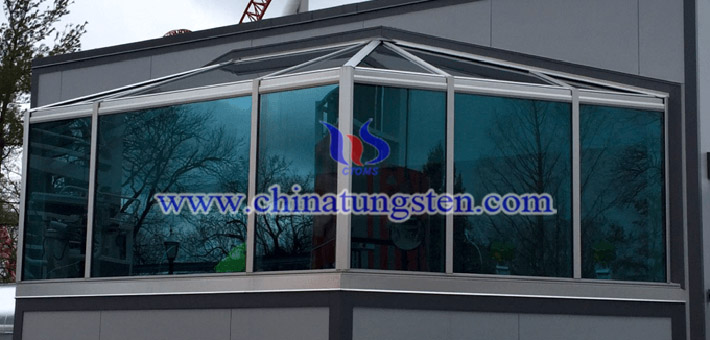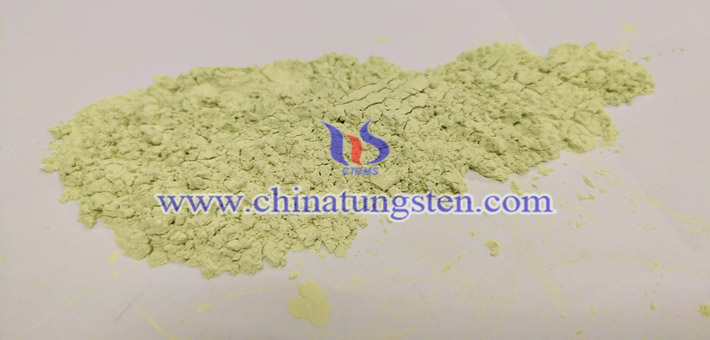Tungsten Oxide Film Applied for Inorganic All Solid-state Electrochromic Device
- Details
- Category: Smart Glass
- Published on Wednesday, 19 February 2020 10:38
- Written by Yahong
- Hits: 2338
Tungsten oxide film, as an important functional material, is often used to produce an inorganic all solid-state electrochromic device. According to the experts, the excellent reversibility of such a device is associated to the presence of an optical free-carriers tail.

More details, please visit:
http://tungsten-oxide.com/index.html

Also, it is reported that an all solid-state electrochromic device can be formed by anodically colored polyaniline (PANI) and cathodically colored tungstic acid, WO3, 2H2O, separated by a protonic conductor solid electrolyte: poly 2-acrylamido 2-methylpropane sulfonic acid, (PAMPS). PANI as well as tungstic acid films were electrochemically deposited on SnO2. The transmission spectra of electrochromic device were displayed using near IR/visible/near UV spectroscopy as well as optical multichannel analysis which allows, in addition, to obtain the kinetics of coloration/bleaching. The change of optical density, ΔOD, the coloration yield and the stability during the cycling were determined. The good coloration reversibility and memory effect can be obtained up to pH=7.65. A typical device presented a coloration time of ≈30 s and a shorter (<10 s) bleaching time, with ΔOD=0.4 at 2.23 eV (human eye maximum sensitivity). The choice of PAMPS as a solid electrolyte has many advantages: its pH can be set to the best value, rather high, and the structure of the PANI/PAMPS interface allows to explain the presence of conductivity even at high pH.
- Tungsten Oxide Manufacturer & Supplier, Chinatungsten Online: www.tungsten-oxide.com
- Tungsten News & Prices of China Tungsten Industry Association: www.ctia.com.cn
- Molybdenum News & Price: news.molybdenum.com.cn
- Tel.: 86 592 5129696; Fax: 86 592 5129797; Email: sales@chinatungsten.com




 sales@chinatungsten.com
sales@chinatungsten.com